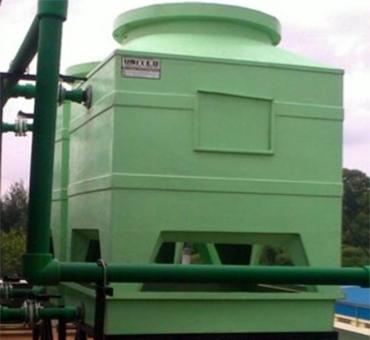Timber Cooling Towers |Exporter of Timber Cooling Towers |Manufacturer of Timber Cooling Towers |Supplier of Timber Cooling Towers |Pultruded Cooling Towers |Supplier of Pultruded Cooling Towers |Manufacturer of Pultruded Cooling Towers |Exporter of Pultruded Cooling Towers |Honeycomb PVC Fills |Manufacturer of Honeycomb PVC Fills |Exporter of Honeycomb PVC Fills |Supplier of Honeycomb PVC Fills |Cooling Tower PVC Fills |Manufacturer of Cooling Tower PVC Fills |Supplier of Cooling Tower PVC Fills |Exporter of Cooling Tower PVC Fills |Cooling Tower PP Fans |Manufacturer of Cooling Tower PP Fans |Supplier of Cooling Tower PP Fans |Exporter of Cooling Tower PP Fans |FRP Cooling Towers |Manufacturer of FRP Cooling Towers |Supplier of FRP Cooling Towers |Exporter of FRP Cooling Towers |Cooling Tower |Cooling Towers |Manufacturer of Cooling Towers |Exporter of Cooling Towers |Supplier of Cooling Towers

This is your website preview.
Currently it only shows your basic business info. Start adding relevant business details such as description, images and products or services to gain your customers attention by using Boost 360 android app / iOS App / web portal.
cooling tower 


Cooling Towers
VIEW DETAILS
Filter using tags
Timber Cooling TowersExporter of Timber Cooling TowersManufacturer of Timber Cooling TowersSupplier of Timber Cooling TowersPultruded Cooling TowersSupplier of Pultruded Cooling TowersManufacturer of Pultruded Cooling TowersExporter of Pultruded Cooling TowersHoneycomb PVC FillsManufacturer of Honeycomb PVC FillsExporter of Honeycomb PVC FillsSupplier of Honeycomb PVC FillsCooling Tower PVC FillsManufacturer of Cooling Tower PVC FillsSupplier of Cooling Tower PVC FillsExporter of Cooling Tower PVC FillsCooling Tower PP FansManufacturer of Cooling Tower PP FansSupplier of Cooling Tower PP FansExporter of Cooling Tower PP FansFRP Cooling TowersManufacturer of FRP Cooling TowersSupplier of FRP Cooling TowersExporter of FRP Cooling TowersCooling TowerCooling TowersManufacturer of Cooling TowersExporter of Cooling TowersSupplier of Cooling Towers
